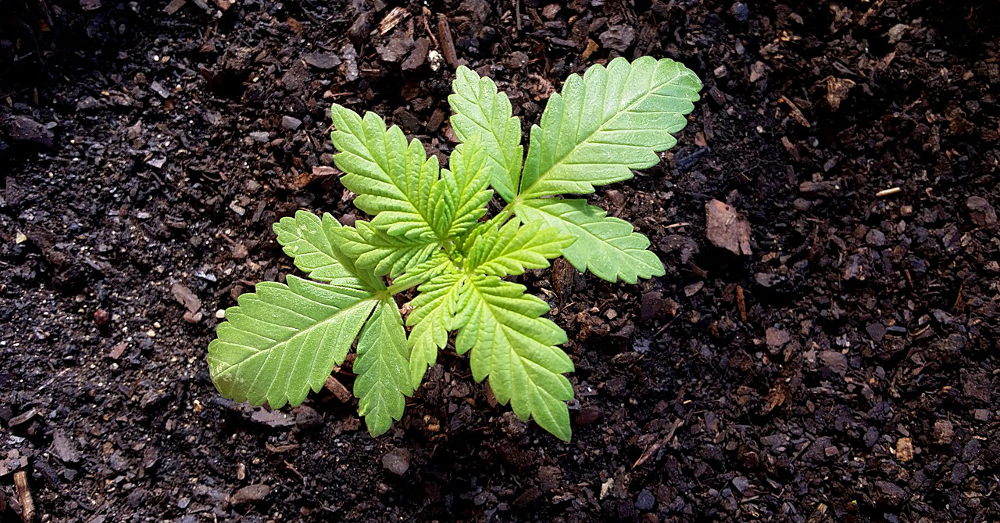
‘Sustainability Is Not Enough’: Why Cannabis Farmers Should Look to Regenerative Agriculture
Sustainability is a hot-button topic that’s become increasingly important as commercial cannabis farms scale up with expanding legalization. To be “sustainable” means you’re able to maintain a level of output continuously. With farming, this means providing the correct inputs for a healthy and thriving ecosystem as you take outputs from the land. Amending soil, introducing crop diversity, and sourcing water efficiently are all part of sustainable agriculture.
May 23, 2018 | Source: Leafly | by Trevor Hennings
Sustainability is a hot-button topic that’s become increasingly important as commercial cannabis farms scale up with expanding legalization. To be “sustainable” means you’re able to maintain a level of output continuously. With farming, this means providing the correct inputs for a healthy and thriving ecosystem as you take outputs from the land. Amending soil, introducing crop diversity, and sourcing water efficiently are all part of sustainable agriculture.
For an emerging group of cultivators, sustainable farming is not answering to the needs of our environment. That’s where regenerative agriculture comes in.
What Is Regenerative Farming?
Regenerative agriculture, defined by the regenerative design consultancy Terra Genesis International, is “a system of farming principles and practices that increase biodiversity, enriches soils, improves watersheds, and enhances ecosystem services.” While regenerative agricultural practices have been around for centuries, many of these approaches have been replaced by those that favor commercial farms with large yields.
